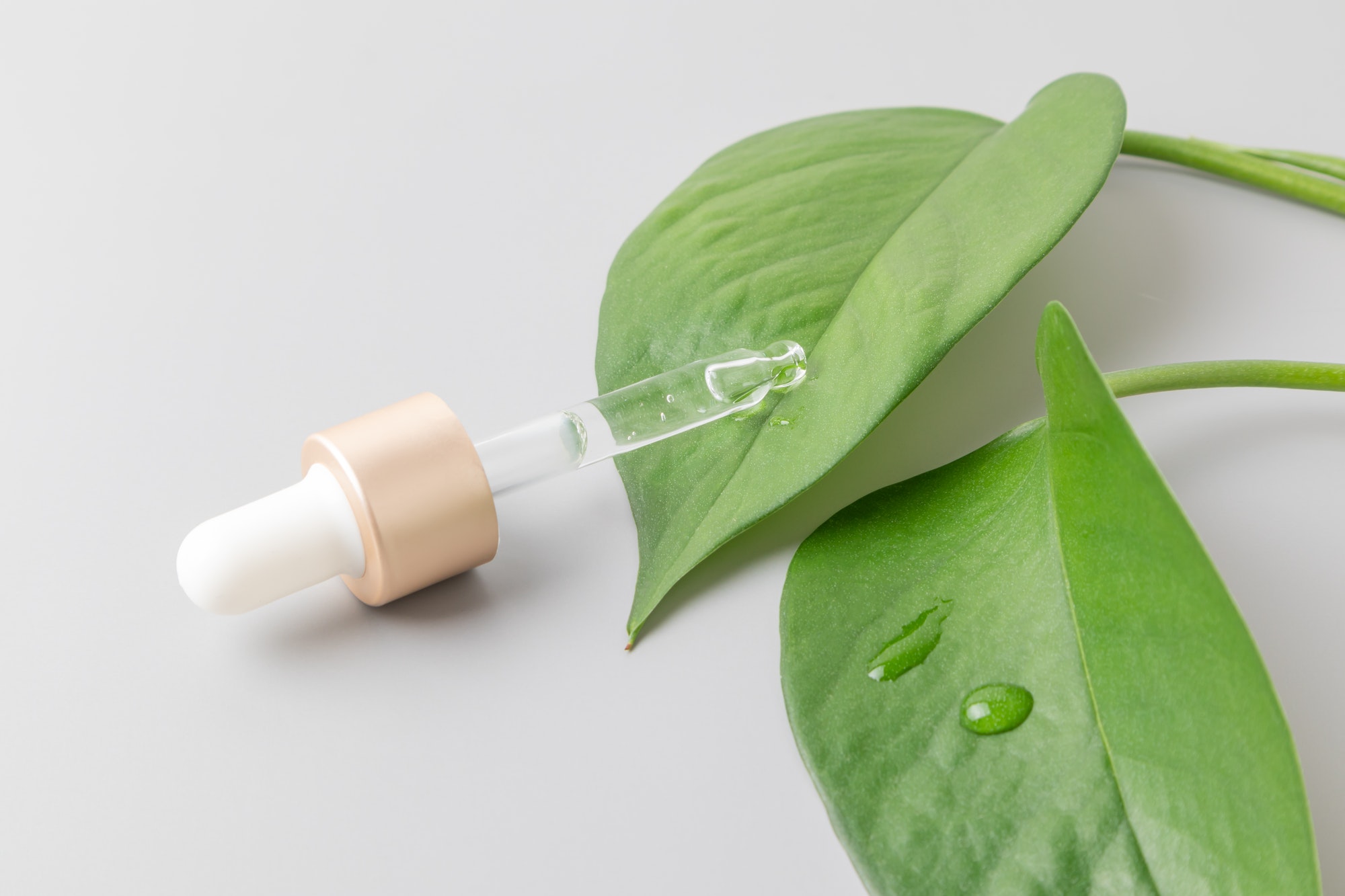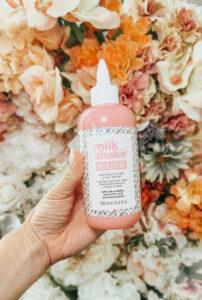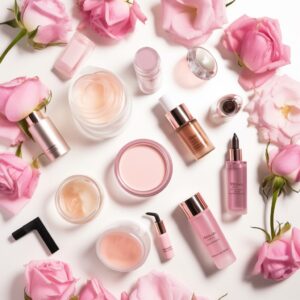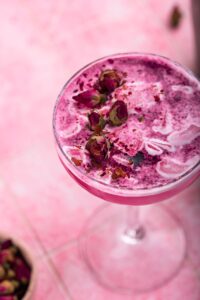Retinol has become one of the most popular and effective anti-aging skincare ingredients. This vitamin A derivative can improve skin texture, fade dark spots, and reduce fine lines and wrinkles. However, with so many retinol products available, it can get confusing on how to start using it and which type is best for your needs. This guide breaks down the basics about the different types of retinol, recommendations on when to start using it based on your age, tips for starting a retinol regimen correctly to minimize irritation, and effective ways to incorporate it into your skincare routine.
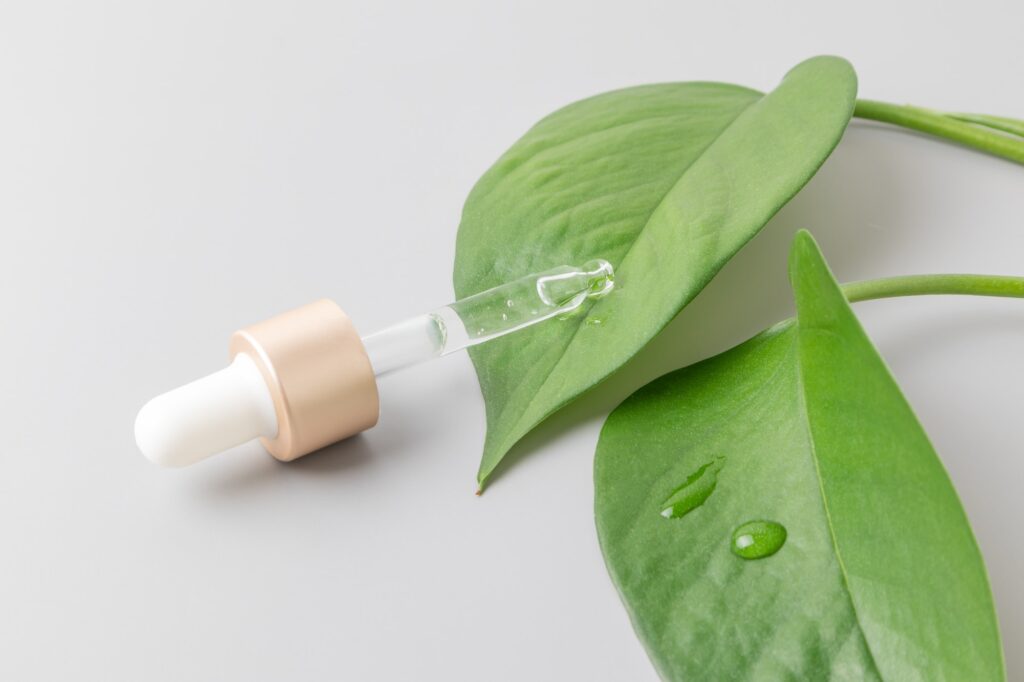
The Different Types of Retinol
There are three main types of retinol used in over-the-counter skincare products. The concentration and potency varies among them.
Retinyl Palmitate
This is the mildest, most gentle type of retinol. Retinyl palmitate must convert into retinol (the active form vitamin A takes in skin) before it can start working. Because of this extra conversion step, it’s less potent than other forms. Retinyl palmitate is found in concentrations of 500 IU to 1,000 IU in many drugstore anti-aging products. The lower concentration makes this ideal for eye creams and gentle formulas targeted for sensitive skin.
Retinol
Regular retinol typically comes in strengths of 0.1% to 2% concentration in skincare products. 0.1% would be suitable for first-time users. In this active form, it can start working directly on skin cells without needing to convert steps. Look for products containing 0.3% to 0.5% retinol if you have tolerant skin but still new to vitamin A skincare. Many over-the-counter anti-aging creams contain gentle yet effective doses of retinol in the 0.5% to 1% range.
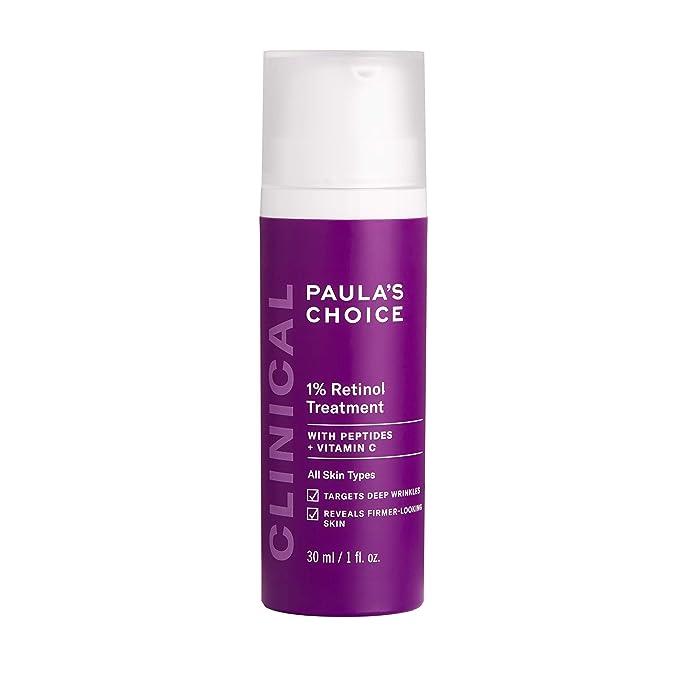
Paula’s Choice CLINICAL 1% Retinol Treatment Cream with Peptides, Vitamin C & Licorice Extract
Anti-Aging & Wrinkles, 1 Ounce
- This uniquely formulated anti-aging treatment’s controlled-release retinol delivery system allows for even, consistent absorption that moisturizes & delivers truly youthful results.
- A little pricey
Retinoic Acid
Prescription-strength retinoids contain higher doses of retinoic acid, the most potent form. Retinoic acid works faster and more aggressively than other vitamin A derivatives to target visible photo damage. Brand names like Retin-A and Renova require doctor supervision to obtain. Starting at 0.025% then potentially increasing strength over time minimizes side effects. Those with sensitive complexions still benefit from prescription retinoids when carefully incorporated into their routines.
When to Start Using Retinol Based on Age
There are some general guidelines on when women and men should start using retinol depending on their age range and anti-aging concerns. But it also depends on your skin’s tolerance and sensitivity levels.
Twenties
In your twenties, preventative care should be the goal. Using a mild over-the-counter retinol cream or serum a few days per week can help maintain skin thickness, stimulate collagen production, and reduce incurring sun damage. Focus retinol use on areas prone to early wrinkles like the eye area, smile lines, and forehead.
Thirties
As skin starts renewing itself slower, daily use of an over-the-counter retinol between 0.3% to 0.5% strength can renew radiance and smooth emerging dynamic wrinkles. Look for formulas with soothing ingredients like hyaluronic acid and peptides to counter any redness or flaking from increased retinol use at this anti-aging stage.
Forties and Beyond
Advancing age comes with hormone changes causing even slower cell turnover. Skin naturally loses elasticity and sagging develops from gradual collagen and elastin breakdown. More potent prescription retinoids might be warranted for stubborn wrinkles and pigmentation concerns. But even those with sensitive skin can still benefit from daily use of a 1% to 2% strength OTC retinol product tailored to their needs.
Tips for Starting to Use Retinol With Minimal Irritation
When first using any retinoid or retinol, proceed cautiously in your skincare regimen to avoid redness, peeling, and dryness. Overdoing it too quickly with higher strengths often backfires. Flaking and irritated skin defeats the purpose of trying to improve your appearance. Below are helpful tips on starting retinol correctly to minimize discomfort.
Gradual Introduction
Begin by using your new retinol cream or serum only twice a week for the first 2 to 4 weeks. Monitor skin reaction. Then if your complexion seems comfortable, increase to every other day application for another couple weeks. Finally, try daily use if not experiencing any tingling or peeling. Slower acclimation to vitamin A lets your skin cells adapt without shocking their renewal process.
Buffer With Moisturizer
Applying retinol directly to clean bare skin increases penetration, which can irritate. Instead, buffer by smoothing on a plain moisturizer first. Let it absorb, then follow with your retinol serum. The moisturizer acts like a barrier cream to dilute the retinol strength contacting your face. You still receive anti-aging benefits with buffered application.
Avoid Using Harsh Acids or Acne Medication Concurrently
Ingredients like benzoyl peroxide or alpha hydroxy acids can over-sensitize skin when paired with retinol. Try alternating use every other day or night if your current regimen contains potentially irritating products in addition to any vitamin A serums or creams. Too many active ingredients together increase the chances of dryness or peeling.
Pay Attention to Product Instructions
Responsible retinol brandsalways provide specific usage guidelines. Follow product recommendations carefully, especially when incorporating prescription strength retinoids like Tretinoin or Tazarotene. Using as directed ensures ideal results with minimal adverse reactions. Don’t overdo frequency no matter how impatient for anti-aging magic to manifest.
Moisturize Daily
Hydrated skin withstands vitamin A therapy better. Quench morning and night with serums and creams packing hydrators like hyaluronic acid, ceramides, glycerin or oils. Opt for moisturizers specially formulated for sensitive skin if redness still crops up. Keeping your complexion well-hydrated reduces flaking from retinol use.
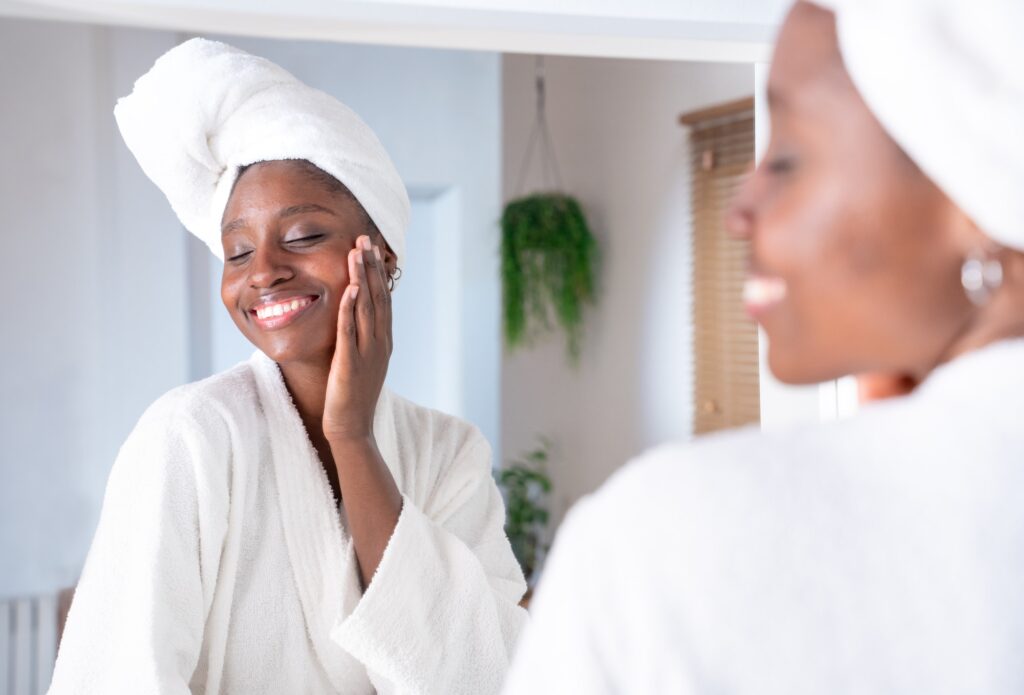
How to Incorporate Retinol Into Your Skincare Routine
Once you know the type of retinol product best for your age and needs, properly incorporate use into your regimen. Below outlines application instructions depending on time of day.
Nighttime Application
Research shows retinol works optimally when applied at night. After cleansing, pat skin dry. Wait until bone dry before applying your vitamin A serum or cream. Smooth over entire face, avoiding eye area. Follow with moisturizer mixed with a couple drops of facial oil if skin leans dry. Occlusive creams seal in hydration overnight too. In the morning, apply SPF 30 sunscreen to shield from UV damage.
Daytime Application
Limiting retinol use to daylight hours minimizes irritation for some. Apply vitamin A products in the AM the same way described above. Allow enough time for full absorption before applying makeup. Follow with broad-spectrum sun protection equivalent to SPF 30 or higher reapplied every 2 hours. Avoid direct sun exposure. Seek shade between peak hours. Although daylight reduces retinol potency, you still get tangible anti-aging effects.
Putting It All Together
It boils down to selecting the right type of retinol, proper strength, following product directions, taking it slowly, and buffering when starting out. Use daily SPF protection. Retinoids work cumulatively to diminish wrinkles, firms skin tone and texture. Have reasonable expectations on visible improvements requiring at least 12 weeks of continued use. With smart incorporation of vitamin A products catered your needs, you can reduce visible aging signs without redness or discomfort

